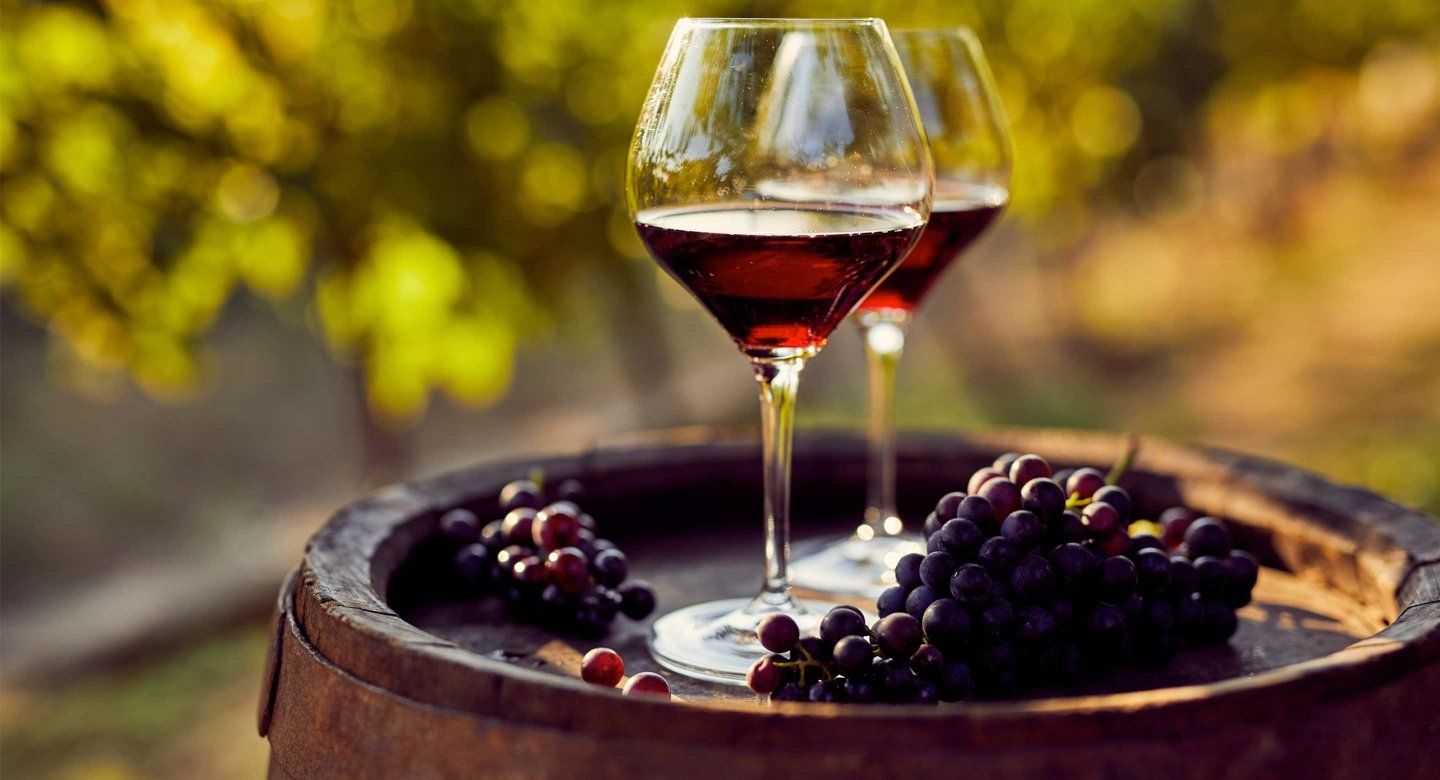Does a Headache Have to Be the Price for Drinking Red Wine?
Grapes’ exposure to sun appears to increase compound that blocks metabolism of alcohol.
Morris Levin, MD, is a neurologist and director of the UCSF Headache Center, whose work has taken a surprising shift, recently, in a collaboration with the Department of Viticulture and Enology at UC Davis. In their study, publishing Nov. 20, 2023, Levin and colleagues propose a novel hypothesis for the link between red wine and the head-throbber that hits many of us as early as 30 minutes after just one glass and lingers for up to three days.
An occasional red wine imbiber himself – who is also prone to headache, post-indulgence – Levin says he favors pinot noir and syrah, which he tolerates well.
Your new study in Scientific Reports, led by Andrew Waterhouse and Apramita Devi of UC Davis, claims that a plant pigment, the substance that gives skin, eyes, hair and plants their color, might be responsible for red wine headache.
Yes, this plant pigment, quercetin, is found in higher concentrations in red wine than in white wine. It can block the metabolism of alcohol, resulting in the accumulation of a toxin called acetaldehyde. In high levels, acetaldehyde causes headache, flushing and nausea. It’s interesting to note that the drug disulfiram, prescribed for patients with alcohol use disorder, gives rise to the buildup of acetaldehyde, so that its unpleasant side effects act as a drinking deterrent.
Why are some people more sensitive to its effects?
People of East Asian origin, primarily from Japan, China and Korea, are among those at higher risk for red wine headaches. Approximately 40% of this population have an enzyme variant that fails to eliminate acetaldehyde. Not surprisingly, people with this variant have a lower rate of alcoholism. This variant is rare in Caucasians and those of African descent.
Patients with migraine or other headache disorders also seem to be at higher risk for red wine headaches.
Do some red wines have higher levels of quercetin, making them more likely to trigger headache?
Previous studies have found that the level of quercetin is 4 to 8 times higher in sun-exposed grape clusters, compared to shaded clusters. Napa Valley cabernets, for example, have high levels of quercetin, as do some Australian reds.
Practices in premium wine-producing vineyards, like trellised vines, crop-thinning and leaf clearance create more sun exposure, which facilitates higher production of quercetin. Mass-produced wines were found to have lower levels of quercetin.
Other factors that play a role include how long grape skins are in contact with the wine during fermentation, aging methods and so-called fining, in which unwanted materials are removed and substances added to improve its appearance, aroma and taste.
Does your research prove that quercetin is the culprit?
Not yet, but we think we are on the right track. In the next step, UCSF will lead a clinical trial in which participants’ responses to wines with low and high levels of quercetin will be compared.
In the meantime, how can we prevent or treat a red wine headache?
Two studies have shown that the content of quercetin and other similar substances in white wines is one-tenth of the level in red wines. Switching to white wine may be an option. But in the future, we should be able to guide red wine drinkers to safer choices, and perhaps also help winemakers reduce headache-inducing properties.
